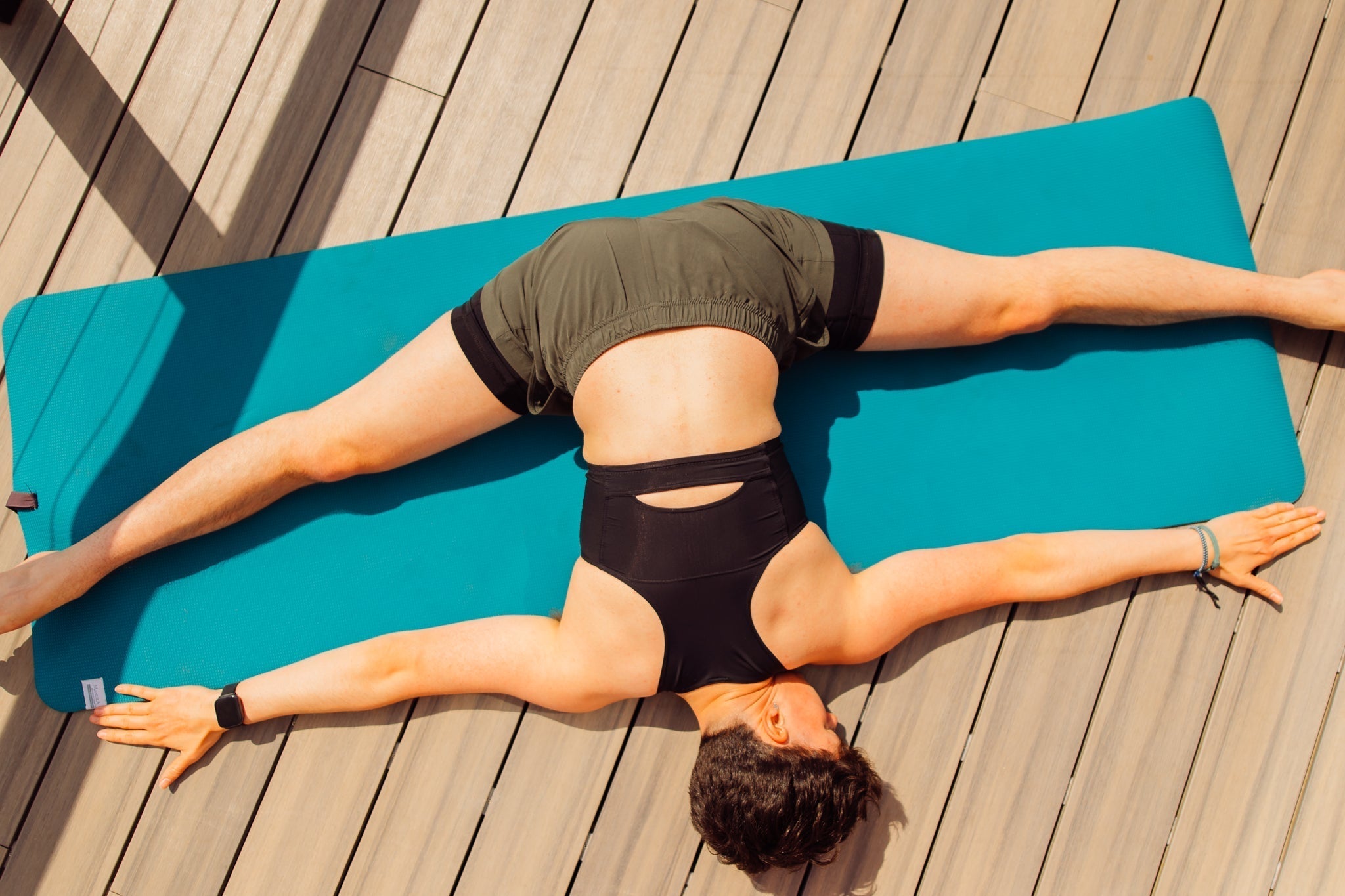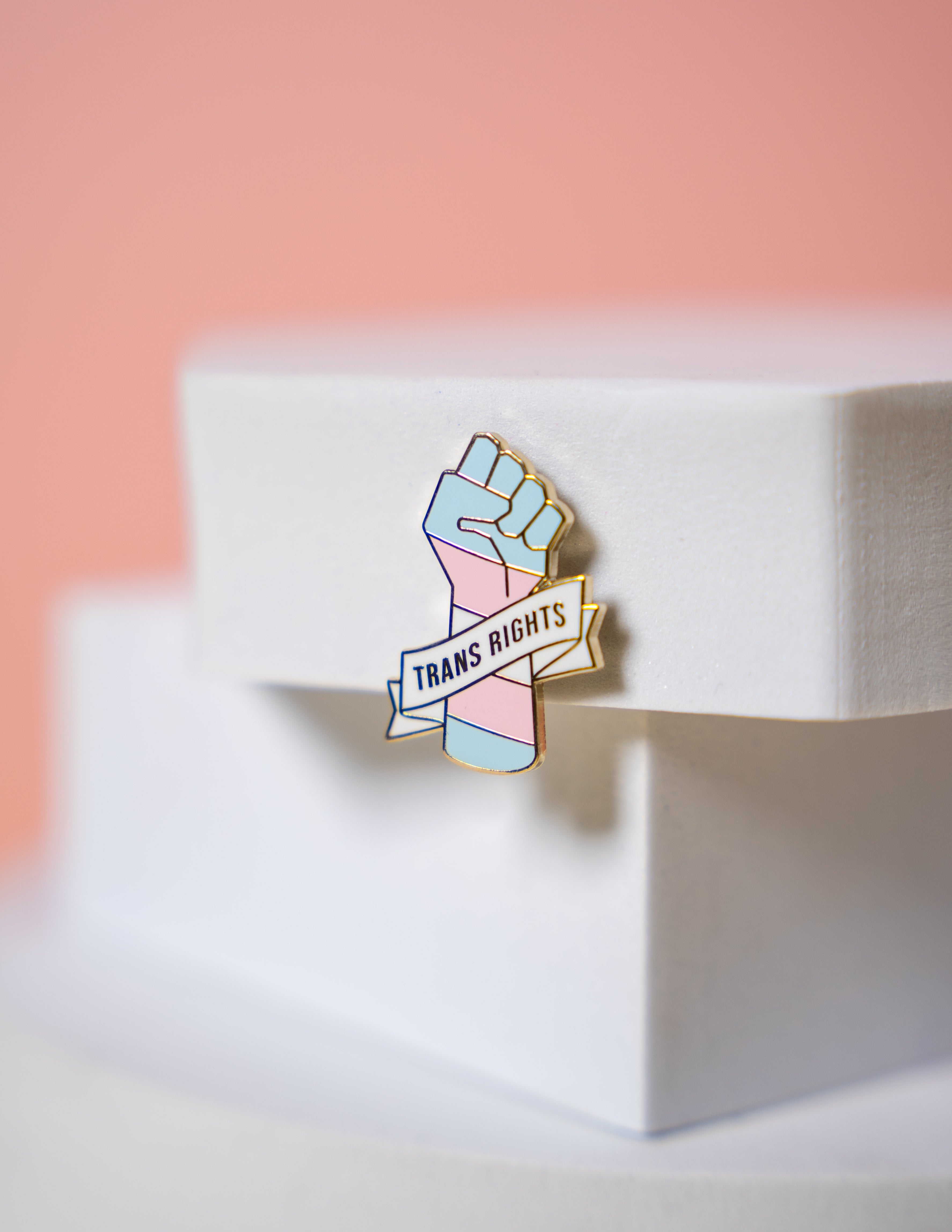Wearing a chest binder can be tiring sometimes but with these self-care top tips, you should be able to feel more comfortable. If we missed anything let us know in the comments below.

1. Massage - First on the list we would like to shout out the amazing Gabriel Joffe, a massage therapist who provides affirming bodywork for LGBTQIA+ people in the states.
Gabriel has put together this fantastic resource for people who chest bind. It includes self-massage techniques that are selected specifically to counteract the effects binding has on your muscles.

2. Take a break - Everyone who chest binds knows you shouldn't bind for more than 8 hours at a time. If you follow this rule it usually means wearing your chest binder for 8 hours and having a short break for an hour or less and then putting it back on until bed.
Following this pattern, you might start to feel like your body needs a rest. If that is the case it could be time to take a few days off.
If you're suffering from body dysmorphic disorder, sadly you can't turn it off for a few days but you could plan some time to be alone or to be with friends you feel more comfortable with, or even at queer-friendly spaces.
Remember your gender identity is not more or less valid because of a chest binder. You are beautifully yourself with or without it.

3. Breathe - you do this 24/7 so you're already pretty good at it! Yay! 👏 👏
Chest binders are tight but they shouldn't restrict your breathing.
If you feel like your chest binder is affecting your breathing you should definitely take it off and try a larger size.
You should make time throughout the day for some breathing exercises, or even just to take a few deep breaths.
If you set an alarm on your phone to remind you every few hours you can be sure you'll remember.

4. Keep clean - It can be tough when you only own one binder to keep it clean but trust us that it's really important.
Binders make you hot and they press tightly to the skin so they can rub against it. This can mean you can get a build-up of skin and sweat in the underarm area, which could cause an infection if left long enough.
Ideally, it would be great to have multiple binders so you always have a clean one available but if that isn't possible for you we recommend washing your binder in the early evening and leaving it to dry overnight.
You can also help to reduce the risk of infection by ensuring your skin is clean and dry before you put it on.

5. Stretch - The whole point of yoga is to restore the connection between your body and mind, so if you’re trans or non-binary it can be an amazing way to help with dysphoria after a lifetime of feeling disconnected from your body.
Stretching can also be helpful to counteract the bad posture that some people adopt when binding and relieve any aches or pains that come along with that.
Yoga can be daunting for anyone, the tight outfits and crazy positions can make you worry about looking stupid. But don’t!
You can practice at home, alone, or with your friends, there are thousands of free resources on youtube.
If you want something focused on trans bodies then you can check this resource out for a small fee.
You should never wear your chest binder when doing yoga or any other exercise, you need full flexibility and you need to be able to breathe.

6. Moisturise - if you're prone to dry skin this can become exacerbated by wearing a chest binder.
Make sure you moisturise every couple of days, or every day if you need it. Make sure your moisturiser is water-based as you will get maximum moisture and it should soak in fast.

7. Hydrate - Almost everyone on the planet should be drinking more water but for people who wear chest binders it's extra important, especially in the summer.
As you know, its hot underneath a chest binder and wearers tend to sweat a lot. You have to drink a lot to replace the fluids that you're losing.

8. Don’t sleep in your chest binder - Since the rule is no binding for more than 8 hours at a time, it's clear that you shouldn't be wearing your binder to bed. Even for a nap, it can be harmful.
Constraining your chest while you're asleep can disrupt your ability to sleep and cause breathing problems related to sleep apnea.

9. Quit when you're sick - Throwing up and coughing are two powerful, unintentional movements which quickly expand and contract the thorax.
If you have to do either of these things while wearing a binder it can cause pain or discomfort and you can even injure yourself.
Make sure you take off your binder when you start to get sick until you're feeling better again.









